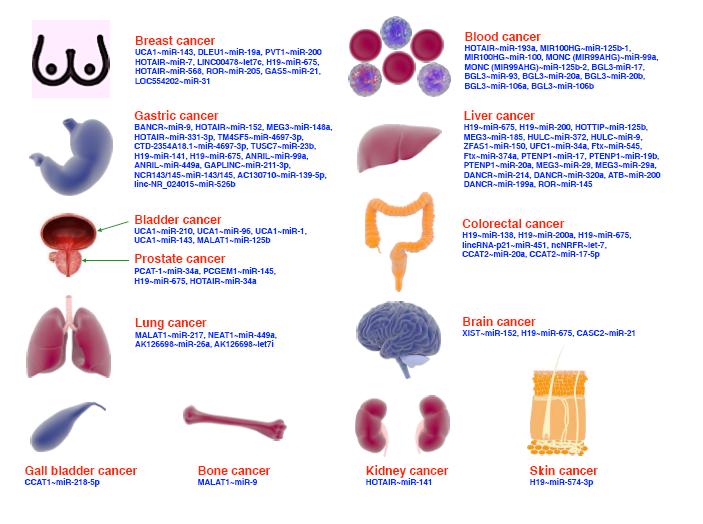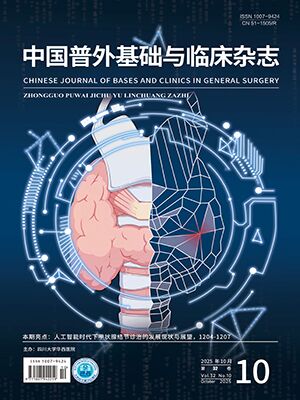| 1. |
Zhang J, Harish K, Speranza G, et al. Natural history of renal artery aneurysms. J Vasc Surg, 2023, 77(4): 1199-1205. e1. doi: 10.1016/j.jvs.2022.11.010.
|
| 2. |
Pratesi C, Esposito D, Martini R, et al. Guidelines on the diagnosis, treatment and management of visceral and renal arteries aneurysms: a joint assessment by the Italian Societies of Vascular and Endovascular Surgery (SICVE) and Medical and Interventional Radiology (SIRM). J Cardiovasc Surg (Torino), 2024, 65(1): 49-63.
|
| 3. |
赵纪春. 开放手术在血管腔内治疗时代的作用和地位. 中国普外基础与临床杂志, 2023, 30(5): 515-516.
|
| 4. |
金涛, 赵纪春. 24例肾动脉瘤治疗回顾性分析. 中国普外基础与临床杂志, 2019, 26(2): 162-167.
|
| 5. |
张健, 景在平. 肾动脉瘤诊治现状及进展. 第二军医大学学报, 2009, 30(5): 573-576.
|
| 6. |
Barrionuevo P, Malas MB, Nejim B, et al. A systematic review and meta-analysis of the management of visceral artery aneurysms. J Vasc Surg, 2019, 70(5): 1694-1699.
|
| 7. |
李斯亭, 李方达, 郑月宏. 肾动脉瘤外科治疗现状与进展. 血管与腔内血管外科杂志, 2021, 7(1): 86-89.
|
| 8. |
Jibiki M, Inoue Y, Kudo T, et al. Surgical procedures for renal artery aneurysms. Ann Vasc Dis, 2012, 5(2): 157-160.
|
| 9. |
Henriksson C, Lukes P, Nilson AE, et al. Angiographically discovered, non-operated renal artery aneurysms. Scand J Urol Nephrol, 1984, 18(1): 59-62.
|
| 10. |
Robinson WP, Bafford R, Belkin M, et al. Favorable outcomes with in situ techniques for surgical repair of complex renal artery aneurysms. J Vasc Surg, 2011, 53(3): 684-691.
|
| 11. |
Mazzaccaro D, Avishay DM, Righini PC, et al. Anatomic patterns of distribution of the renal arteries’ origin from the aorta. Ann Vasc Surg, 2025, 110(Pt A): 414-422.
|
| 12. |
Pfeiffer T, Reiher L, Grabitz K, et al. Reconstruction for renal artery aneurysm: operative techniques and long-term results. J Vasc Surg, 2003, 37(2): 293-300.
|
| 13. |
Bilman V, Mascia D, Carta N, et al. Contemporary outcomes of in situ open surgical repair of mid-portion and distal renal artery aneurysms. Ann Vasc Surg, 2022, 78: 9-18.
|
| 14. |
Coleman DM, Stanley JC. Renal artery aneurysms. J Vasc Surg, 2015, 62(3): 779-785.
|
| 15. |
Machado M, Machado R, Almeida R. Renal autotransplantation for the treatment of renal artery aneurysm. Ann Vasc Surg, 2022, 79: 226-232.
|
| 16. |
Ghahremani JS, Chapek MA, Singh Rana SS, et al. Endovascular embolization of aneurysmal renal arteriovenous malformation. Vasc Endovascular Surg, 2025, 59(2): 198-203.
|
| 17. |
Contarini E, Takagi K, Kimenai HJAN, et al. Kidney autotransplantation for renal artery aneurysm: case series and a systematic review. Ann Vasc Surg, 2021, 77: 349. e5-349. e18. doi: 10.1016/j.avsg.2021.05.039.
|
| 18. |
Jayet J, Davaine JM, Tresson P, et al. Direct distal renal artery aneurysm repair. Eur J Vasc Endovasc Surg, 2020, 60(2): 211-218.
|
| 19. |
Klausner JQ, Lawrence PF, Harlander-Locke MP, et al. The contemporary management of renal artery aneurysms. J Vasc Surg, 2015, 61(4): 978-984.
|
| 20. |
Dong S, An C, Caputo FJ, et al. Renal artery reimplantation versus bypass in elective open aneurysm repair. Ann Vasc Surg, 2024, 98: 102-107.
|
| 21. |
Steuer J, Bergqvist D, Björck M. Surgical renovascular reconstruction for renal artery stenosis and aneurysm: long-term durability and survival. Eur J Vasc Endovasc Surg, 2019, 57(4): 562-568.
|
| 22. |
Abreu AL, Medina LG, Chopra S, et al. Robotic renal artery aneurysm repair. Eur Urol, 2020, 78(1): 87-96.
|
| 23. |
Windisch OL, Matter M, Pascual M, et al. Robotic versus hand-assisted laparoscopic living donor nephrectomy: comparison of two minimally invasive techniques in kidney transplantation. J Robot Surg, 2022, 16(6): 1471-1481.
|
| 24. |
Łajczak PM, Nowakowski P, Jóźwik K. The rise of the machines: are robots the future of renal artery aneurysm repair? A systematic review. Updates Surg, 2024, 76(6): 2141-2149.
|
| 25. |
Choksi H, Singla A, Yoon P, et al. Outcomes of endovascular, open surgical and autotransplantation techniques for renal artery aneurysm repair: a systematic review and meta-analysis. ANZ J Surg, 2023, 93(10): 2303-2313.
|
| 26. |
Rossi M, Krokidis M, Kashef E, et al. CIRSE standards of practice for the endovascular treatment of visceral and renal artery aneurysms and pseudoaneurysms. Cardiovasc Intervent Radiol, 2024, 47(1): 26-35.
|
| 27. |
Kok HK, Asadi H, Sheehan M, et al. Systematic review and single-center experience for endovascular management of visceral and renal artery aneurysms. J Vasc Interv Radiol, 2016, 27(11): 1630-1641.
|
| 28. |
Laurin T, Borghese O, Branchereau J, et al. Single centre experience in open and endovascular treatment of renal artery aneurysms. Ann Vasc Surg, 2022, 79: 17-24.
|




